Figures & data
Figure 1. Anti-H. pylori activity of E. chlorantha aqueous extract: diameter of inhibition (DI) as a function of the quantity of extract in the well (mg). y, linear regression equation; R2, regression coefficient. Values in brackets represent the well and the corresponding DI.
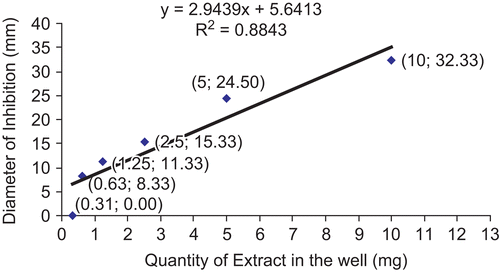
Figure 2. Anti-H. pylori activity of metronidazole: diameter of inhibition (DI) as a function of the quantity of antibiotic (Qty) in the well (μg). y, linear regression equation; R2, regression coefficient. Values in brackets represent the quantity of antibiotic in the well and the corresponding DI.
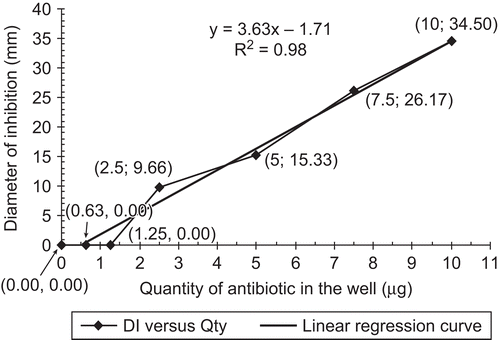
Figure 3. Anti-C. jejuni/coli activity of E. chlorantha extract: diameter of inhibition (DI) as a function of the quantity of extract (Qty) in the well (mg). Values in brackets represent the quantity of extract and the corresponding DI.
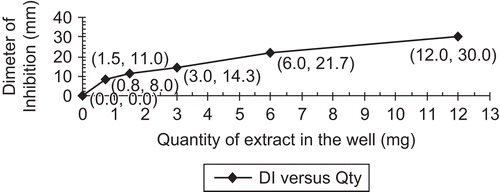
Table 1. In vitro antimicrobial activities of E. chlorantha and metronidazole on H. pylori and C. jejuni/coli.
Figure 4. Time-kill curves of E. chlorantha extract on H. pylori CCUG 39500 (16 × MBC) and C. jejuni/coli CPC-022004 (16 × MBC) in batch cultures at pH 7.3 and temperature 37°C.
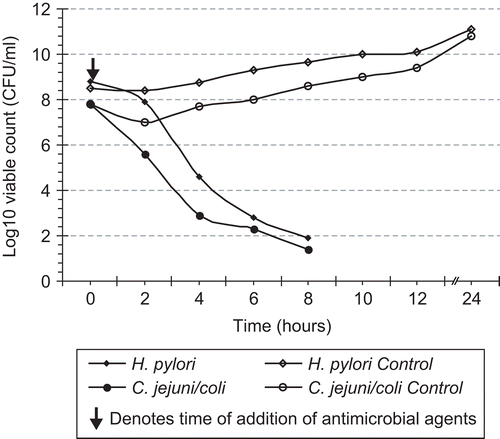
Figure 5. Active principle concentration equivalence of E. chlorantha extract and metronidazole in plasma as a function of time after a single oral dose (concentration determined as the product of the MID and MIC). Metronidazole, 25 mg/kg b.w.; active principle equivalence of E. chlorantha extract at 3000 mg/kg b.w. Values in brackets represent the active concentration equivalence in plasma.

Figure 6. Active principle concentration equivalence of E. chlorantha extract in plasma as a function of time after a single oral dose of 3000 mg/kg b.w. (concentration determined using the linear regression equation of the diffusion test). Values in brackets represent the active concentration equivalence in plasma.
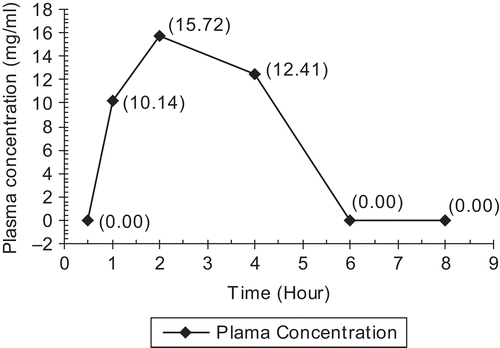
Table 2. H. pylori clearance from mouse stomach following 3 days of treatment with E. chlorantha extract and metronidazole.